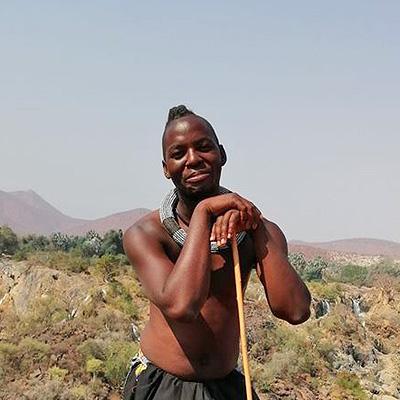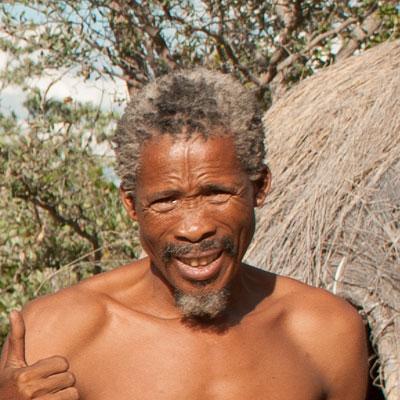Programs & Rates
1. Short program (± 1,5 h)
You are introduced into our tradition and culture and will learn about our daily life (craftsmanship and traditional kitchen). Later we take you on a short bushwalk and fishing trip and afterwards you can enjoy the singing, dancing and traditional games.
- N$ 220.00 / Person
2. Spend a day with us (± 4 h)
You get a detailed overview over the traditional (pre-colonial) culture of the Mbunza. Experience the daily life in our traditional village, including our craftsmanship (production of clothing, mats, jewellery and baskets) and traditional kitchen. Listen to some old stories of the Mbunza and get to know some of our special arts like pottery, wood carving and blacksmithing. Here you have the chance to produce your own knife, bow and arrow, basket, necklace or clay pot – depending on what you would like to do. Follow us on a short bushwalk, where we share our ancient knowledge of plants and fishing with you. Enjoy the end of your visit at our Living Museum with singing, dancing and an introduction into our traditional games.
- N$ 380.00 / Person
3. Craftsmanship workshop (± 1,5 h)
We introduce you to our special craftsmanship like pottery, weaving and the work of the blacksmith. You will get the chance to produce your own clay pot, knife, bow and arrow, spear, basket or necklace – depending on what you prefer to do. Whilst working you will listen to stories of the Mbunza tradition and will learn a bit about our history and traditional beliefs.
- N$ 280.00 / Person
Other
Professional filming (documentaries, movies, etc.):
- N$ 8800.00 - up to 2 days unlimited filming even if you only film a few hours.
- N$ 2200.00 - for every further day.
- More information about filming in Namibia
Child policy:
- Children from 0 – 2 years are free of charge.
- Children from 3 – 12 years pay half price.
Namibian student groups:
- Namibian student groups only pay half of above prices
- Up to 4 teachers (group leaders) are free of charge, but others pay the student price.
- All groups must prove their Namibian origin to qualify for the reduced price.
- Our Living Museum is a private educational institution without any external financial aid. As we need to pay our actors we are not able to reduce prices below this offer.























